The construction of the wonderful canon of logarithms
The construction of the wonderful canon of logarithms
The construction of the wonderful canon of logarithms
You also want an ePaper? Increase the reach of your titles
YUMPU automatically turns print PDFs into web optimized ePapers that Google loves.
1<br />
CONSTRIJCTION OF THE CaNON, 3<br />
multiplying <strong>the</strong> difference <strong>of</strong> <strong>the</strong> sines into radius,<br />
dividing this product by <strong>the</strong> greater sine, and subtracting<br />
<strong>the</strong> quotient from radius.<br />
Now since (by 36) <strong>the</strong> logarithm <strong>of</strong> <strong>the</strong> fourth<br />
proportional differs from <strong>the</strong> logarithm <strong>of</strong> radius<br />
by as much as <strong>the</strong> <strong>logarithms</strong> <strong>of</strong> <strong>the</strong> given and<br />
table sines differ from each o<strong>the</strong>r ; also, since (by<br />
34) <strong>the</strong> former difference is <strong>the</strong> same as <strong>the</strong> logarithm<br />
<strong>of</strong> <strong>the</strong> fourth proportional itself; <strong>the</strong>refore<br />
(by 41) seek for <strong>the</strong> limits <strong>of</strong> <strong>the</strong> logarithm <strong>of</strong> <strong>the</strong><br />
fourth proportional by aid <strong>of</strong> <strong>the</strong> First table ; when<br />
found add <strong>the</strong>m to <strong>the</strong> limits <strong>of</strong> <strong>the</strong> logarithm <strong>of</strong><br />
<strong>the</strong> table sine, or else subtract <strong>the</strong>m (by 8, 10, and<br />
35), according as <strong>the</strong> table sine is greater or less<br />
than <strong>the</strong> given sine ; and <strong>the</strong>re will be brought<br />
out <strong>the</strong> limits <strong>of</strong> <strong>the</strong> logarithm <strong>of</strong> <strong>the</strong> given sine.<br />
THUS,<br />
Example.<br />
let <strong>the</strong> given sine be 9995000.000000.<br />
To this <strong>the</strong> nearest sine in <strong>the</strong> Second table<br />
is 9995001.222927, and (by 42) <strong>the</strong> limits <strong>of</strong> its<br />
logarithm are 5000.0252500 and 5000.0247500.<br />
Now seek for <strong>the</strong> fourth proportional by ei<strong>the</strong>r <strong>of</strong><br />
<strong>the</strong> methods above described ; it will be 9999998.<br />
7764614, and <strong>the</strong> limits <strong>of</strong> its logarithm found (by<br />
41) from <strong>the</strong> First table will be 1.2235387 and<br />
1.2235386. Add <strong>the</strong>se limits to <strong>the</strong> former (by 8<br />
and 35), and <strong>the</strong>re will come out 5001.2487888 and<br />
5001.2482886 as <strong>the</strong> limits <strong>of</strong> <strong>the</strong> logarithm <strong>of</strong> <strong>the</strong><br />
given sine. Whence <strong>the</strong> number 5001.2485387,<br />
midway between <strong>the</strong>m, is (by 31) taken most<br />
suitably, and with no sensible error, for <strong>the</strong> actual<br />
logarithm <strong>of</strong> <strong>the</strong> given sine 9995000.<br />
44, Hence itfollows that <strong>the</strong> <strong>logarithms</strong> <strong>of</strong> all <strong>the</strong> propor-<br />
D 4 tionals



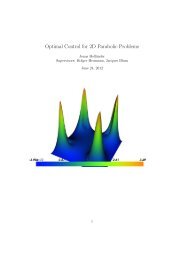
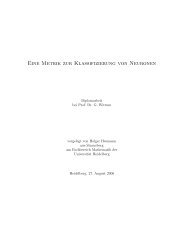
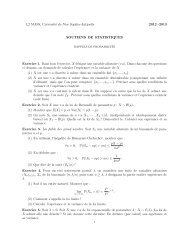
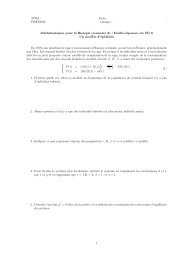


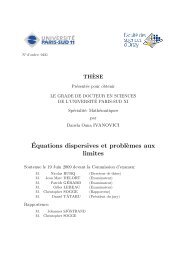
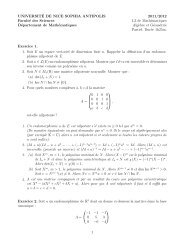
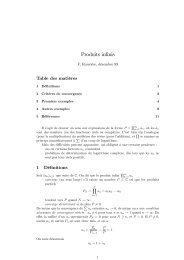
!['eries enti\`eres (+ [D78 Th d'Abel angulaire])](https://img.yumpu.com/14067031/1/184x260/eries-entieres-d78-th-dabel-angulaire.jpg?quality=85)

